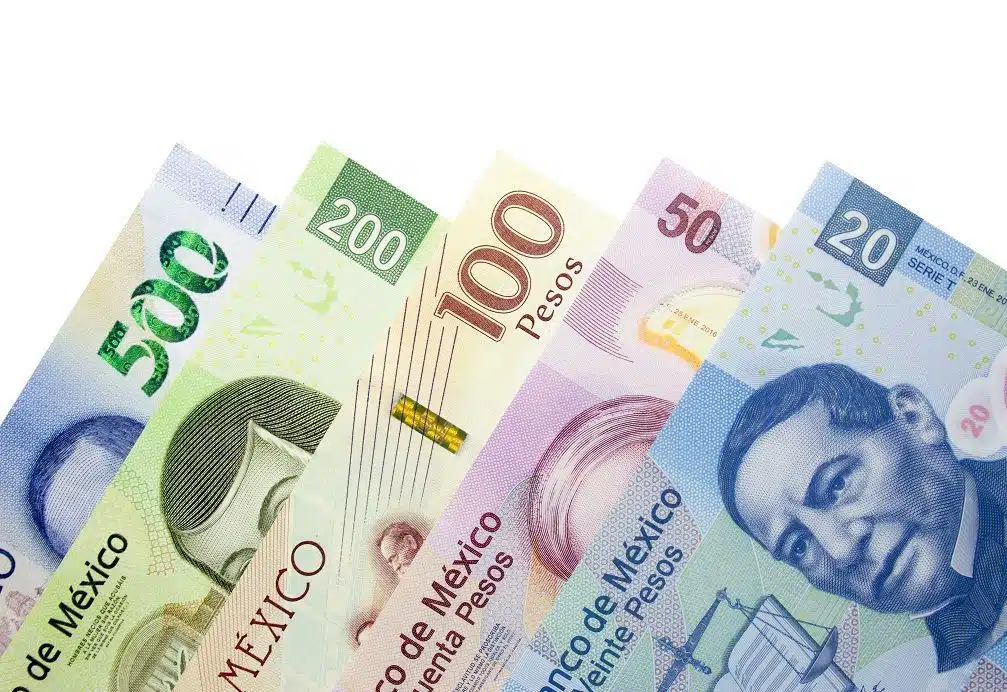The foreign exchange market is witnessing intriguing developments as the Mexican Peso grapples with a persistent decline against the US Dollar. Despite Mexico’s economy outperforming expectations for the third quarter of 2024, the Peso has not been able to capitalize on this growth, instead continuing its downward trajectory. This article explores the factors influencing the Peso’s performance, including economic data from both Mexico and the United States, as well as the political landscape in Mexico.
Solid Economic Performance in Mexico
Mexico’s economy has shown resilience with a GDP growth rate of 1% quarter-on-quarter for Q3 2024. This figure surpasses the consensus estimate of 0.8% and significantly improves from the 0.2% growth observed in the previous quarter. On an annual basis, the GDP grew by 1.5%, exceeding forecasts of 1.2%. However, this growth is still below the 2.1% achieved in the previous quarter, indicating a gradual slowdown.
Despite these positive figures, the Mexican Peso continues to weaken, suggesting that other factors are at play. Economic analysts have pointed out that the ongoing economic slowdown could prompt the Bank of Mexico (Banxico) to consider lowering interest rates at its upcoming November meeting. Market futures suggest a potential rate cut of between 175 to 200 basis points over the next year, as Banxico navigates through disinflationary pressures.
Influence of US Economic Indicators
The US economy plays a pivotal role in the Peso’s performance, with recent data providing a boost to the US Dollar. The ADP Employment Change report for October showed an unexpected rise of 233,000 jobs, far exceeding the estimated 115,000 and September’s 159,000. This robust jobs data has bolstered the Greenback, contributing to the Peso’s decline.
Additionally, the US GDP growth rate for the third quarter was reported at 2.8% year-on-year. Although this figure fell short of both Q2’s final reading and analysts’ expectations of 3%, it still reflects a strong economic performance. The US housing market also showed resilience, with pending home sales in September increasing by 7.4% month-on-month, further supporting the Dollar.
Political Uncertainty in Mexico
Adding to the Peso’s woes is the political uncertainty stemming from Mexico’s judiciary reform. The political landscape became more tumultuous with the announcement that eight of the eleven Supreme Court judges plan to resign by August 2025. This development has created an atmosphere of uncertainty that is weighing on investor confidence in the Mexican market.
As political campaigns heat up, the intersection of politics and economics may pose additional risks for the Peso. Investors are closely monitoring the situation, as any further instability could exacerbate the currency’s decline.
Market Outlook and Future Data
Looking ahead, traders are keeping a close watch on upcoming economic data releases that could impact the Peso. Mexico’s Business Confidence Index and the S&P Global Manufacturing PMI are set to be released soon, providing further insights into the country’s economic health. Across the border, the US will publish its Core Personal Consumption Expenditures (PCE) Price Index and Nonfarm Payrolls (NFP), both of which are crucial indicators of inflation and employment trends.
The USD/MXN exchange rate recently tested the year-to-date high of 20.22, with the potential to climb further if favorable conditions persist. Should the USD/MXN surpass this level, it may target the psychological level of 20.50, followed by the September 2022 high of 20.57 and the August 2022 peak of 20.82. Conversely, any downward pressure could see the Peso attempting to break past the 20.00 mark, with support levels at 19.74 and 19.62.
Understanding the Peso’s Dynamics
The Mexican Peso, as the most traded currency among its Latin American counterparts, is influenced by a myriad of factors. These include domestic economic performance, central bank policies, foreign investment, and geopolitical trends. For instance, the nearshoring trend, where companies relocate manufacturing closer to their home countries, has been a positive catalyst for the Peso, given Mexico’s role as a key manufacturing hub.
Banxico’s monetary policy decisions, particularly regarding interest rates, also significantly impact the Peso. Higher rates tend to attract foreign investment by offering better yields, strengthening the currency. Conversely, lower rates can weaken the Peso by reducing investment appeal.
Conclusion
The Mexican Peso’s current trajectory reflects a complex interplay of robust domestic economic data, a strong US economic backdrop, and political uncertainties. For investors, understanding these dynamics is crucial in navigating the foreign exchange market. While the Peso’s decline presents challenges, it also offers opportunities for those attuned to the nuanced influences driving currency movements.
Investors should remain vigilant and informed, considering both domestic and international data releases that could influence the Peso. By doing so, they can better position themselves to capitalize on potential market shifts, balancing risk with the pursuit of returns in an ever-evolving financial landscape.


